The MiG-9 was the first Soviet jet fighter to enter service, and the beginning of a long line of famous aircraft.
Gallery:



Features:
- Armament: 2x NS-23 23 mm cannons, 1x N-37 37 mm cannon
- Livery: USSR, natural metal finish
- Fairly accurate performance
- A cockpit that should be VR compatible
Controls:
- AG 1 and Yaw: Nose Steering
- Trim for trim
- VTOL for flaps
Notes:
- Thanks to ChiChiWerx for the VVS roundel
- I left fuselage smoothing off on purpose because Soviet planes often have visible panel lines, plus it gives a distinctive look from bare metal US aircraft
- The fuselage shaping was a bit tricky; the MiG-9 has a distinct look if nothing else
Background:
At the end of WW2, the Soviet Union was lagging behind in jet development. There was a need for a jet fighter to challenge recent Western aircraft, but no appropriate Soviet engine existed. Fortunately, a supply of captured BMW 003 engines was available, the same type that had powered the German He 162 and versions of the Ar 234. That engine was quickly reverse engineered and put into production as the powerplant for a new generation of Soviet fighters.
The task fell to the MiG design bureau, which had produced the mediocre MiG-3 during the war, but had little other experience at the time. They designed a novel aircraft, with a central pod housing a nose-mounted intake feeding two engines buried in the lower rear of the fuselage. The pilot sat far forward in a bubble canopy and the aircraft had mid-mounted, unswept wings along with tricycle landing gear. A tail boom extended aft of the fuselage, the bottom of which was coated to resist the exhaust of the engines. The design had some significant issues, namely, gun gas ingestion leading to engine flameouts. Numerous fixes were attempted, though no satisfactory solution was found.
The MiG-9 first flew in 1946, becoming the first Soviet jet fighter to take to the skies. It proved to be a disappointing aircraft, with performance generally inferior to its jet contemporaries. The infinitely more capable MiG-15 flew just a year later and quickly replaced it in service. The MiG-9 was exported to China, but never saw combat. Still, the MiG-9 allowed for engineers, pilots, and ground crews to gain valuable experience with jet fighters, and paved the way for the MiG bureau’s later dominance of the Soviet fighter industry.
Specifications
Spotlights
- This craft is curated
- Trainzo 1.3 years ago
- Sgtk 1.3 years ago
- Dragoranos 1.3 years ago
- Hahahahaahahshs 1.3 years ago
General Characteristics
- Created On Windows
- Wingspan 29.7ft (9.1m)
- Length 31.8ft (9.7m)
- Height 9.7ft (3.0m)
- Empty Weight 6,047lbs (2,743kg)
- Loaded Weight 8,927lbs (4,049kg)
Performance
- Power/Weight Ratio 0.604
- Wing Loading 53.7lbs/ft2 (262.3kg/m2)
- Wing Area 166.2ft2 (15.4m2)
- Drag Points 951
Parts
- Number of Parts 414
- Control Surfaces 5
- Performance Cost 1,708

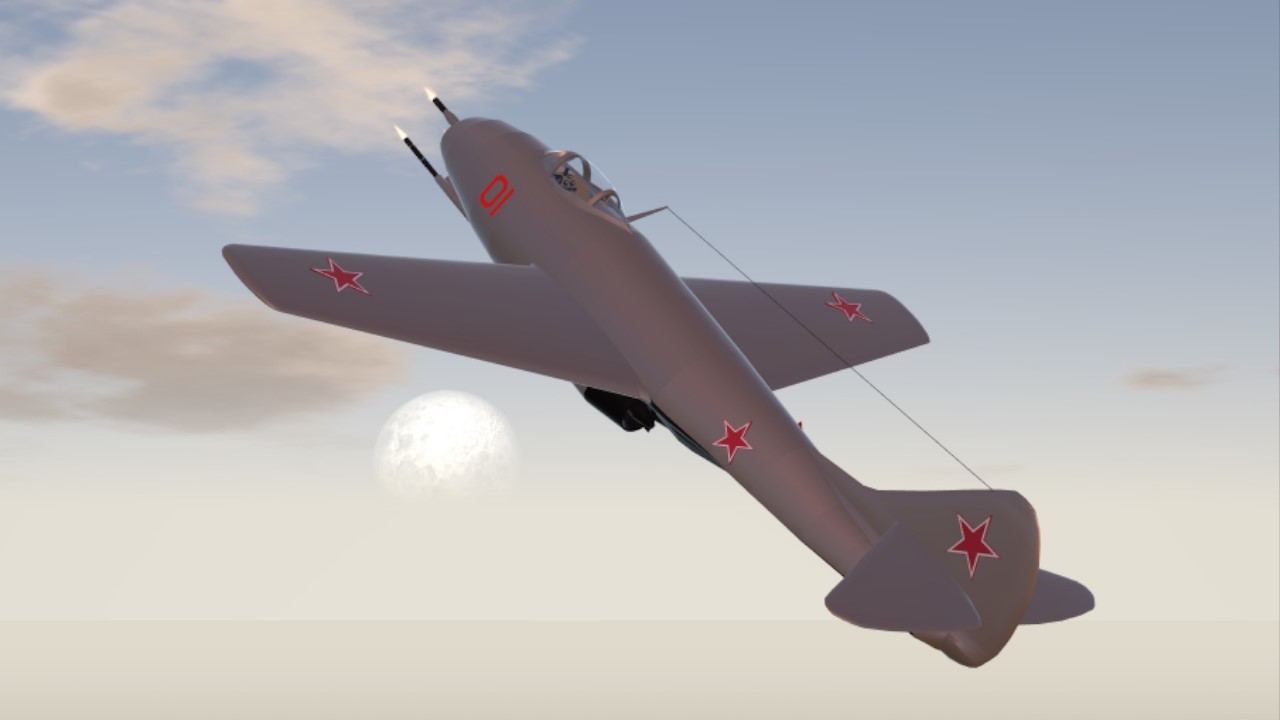
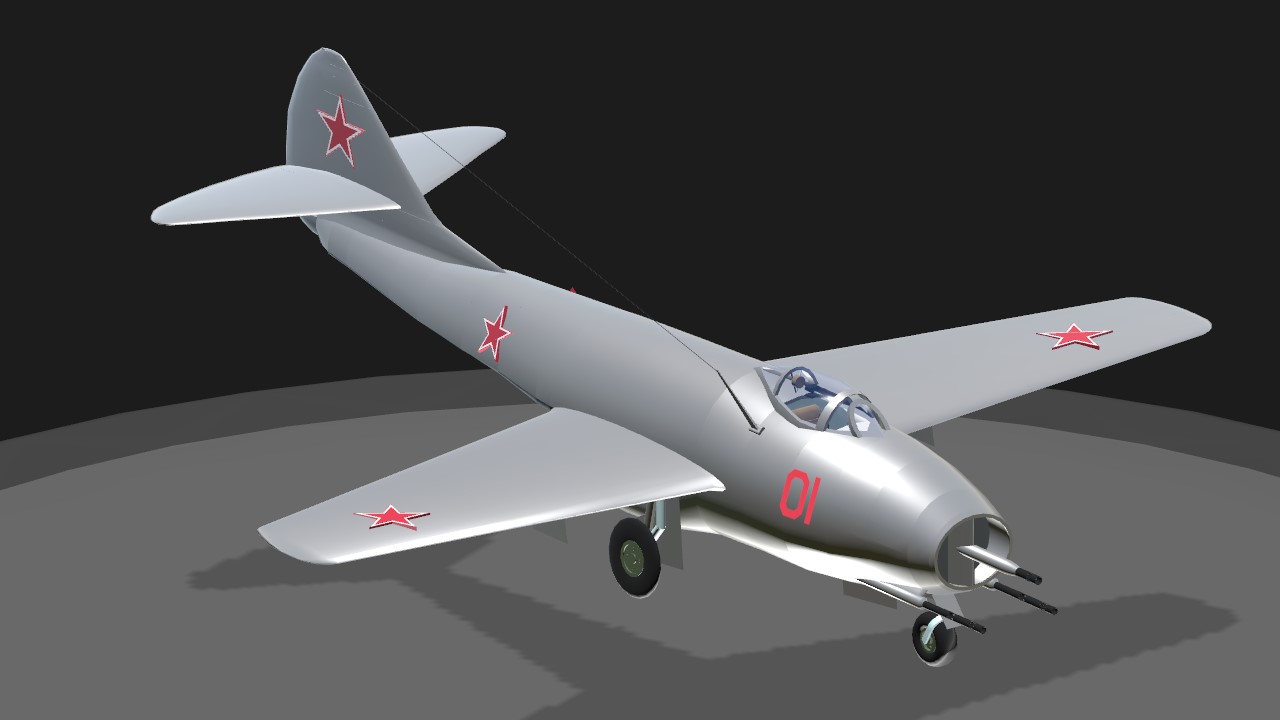
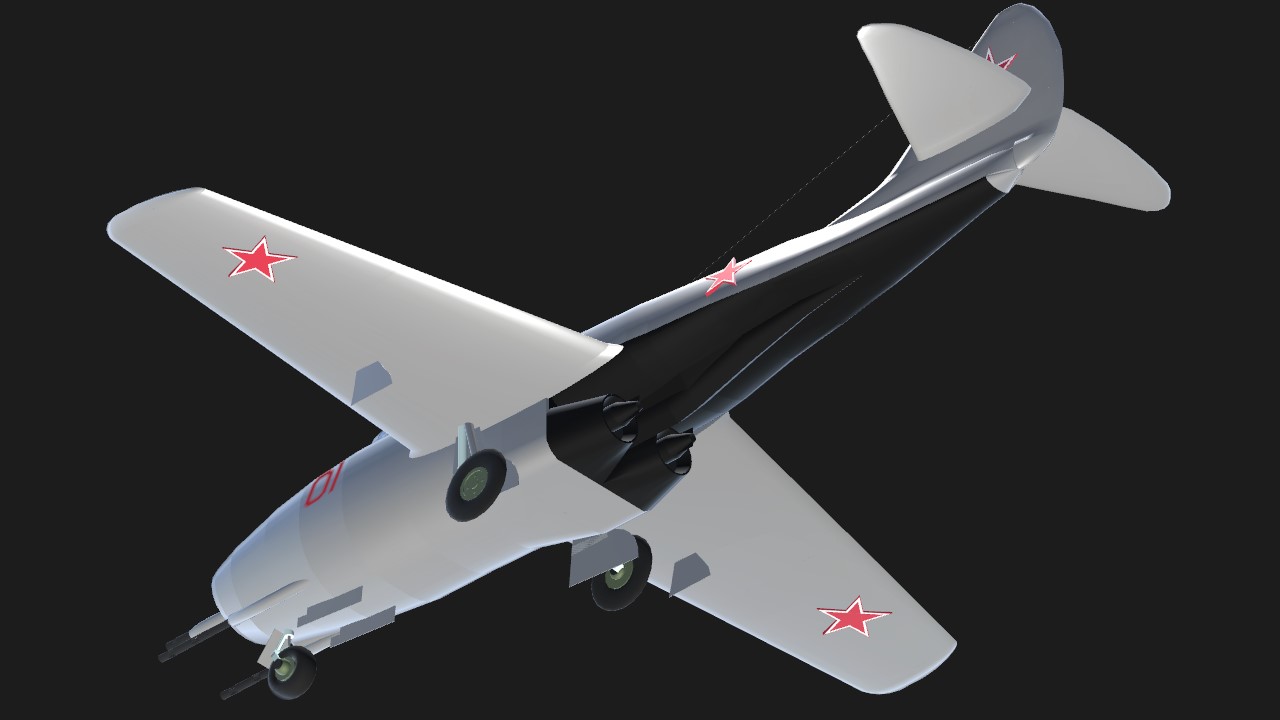
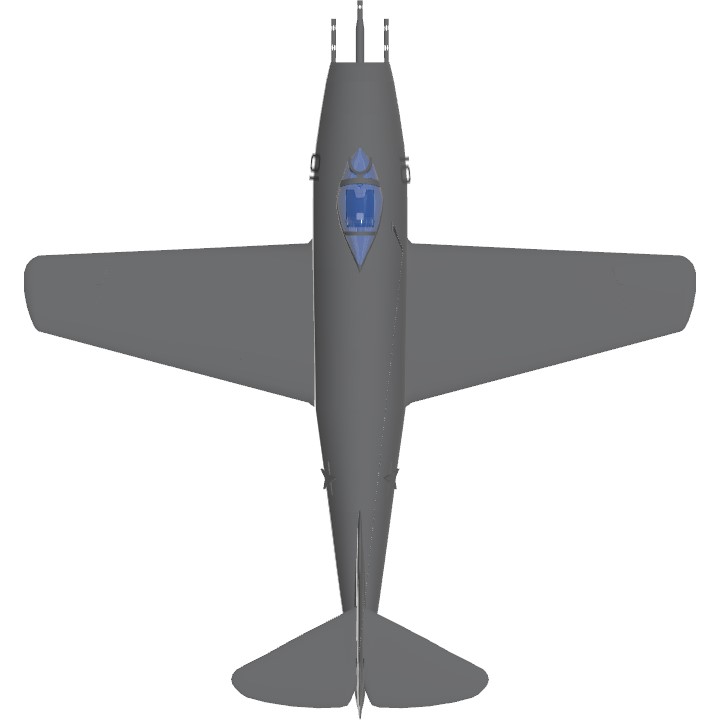
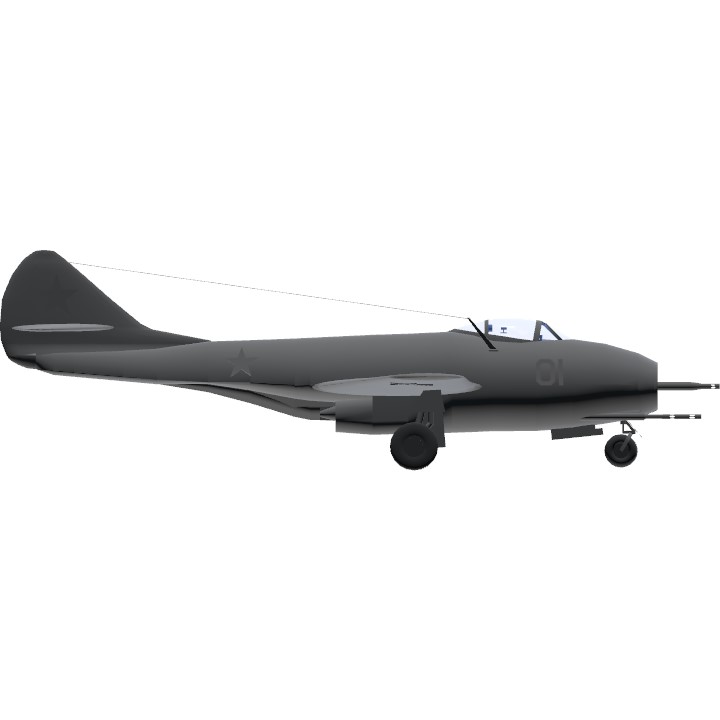
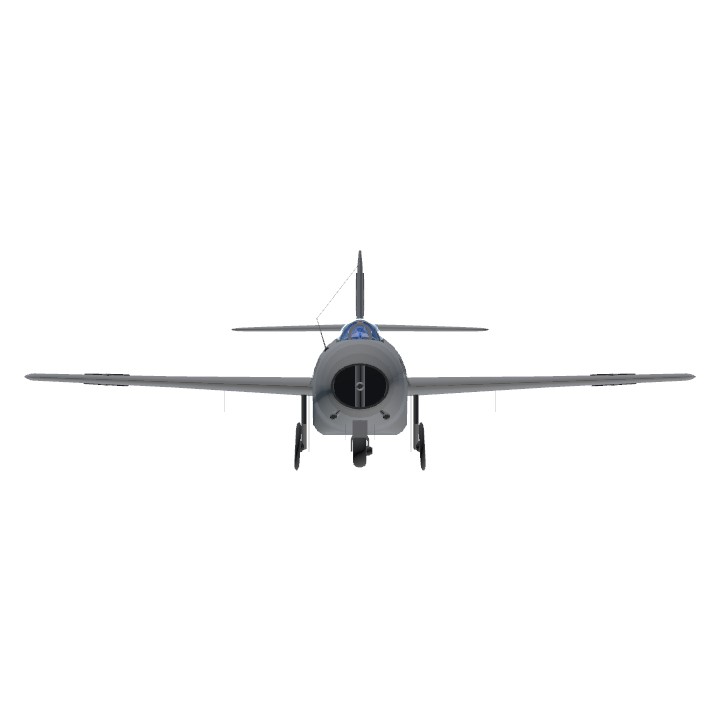
Great Job, all I can say. It's... incredible
Meeg Nein
Great MIg
Ah yes, the parade-only plane.
Bravo bravo